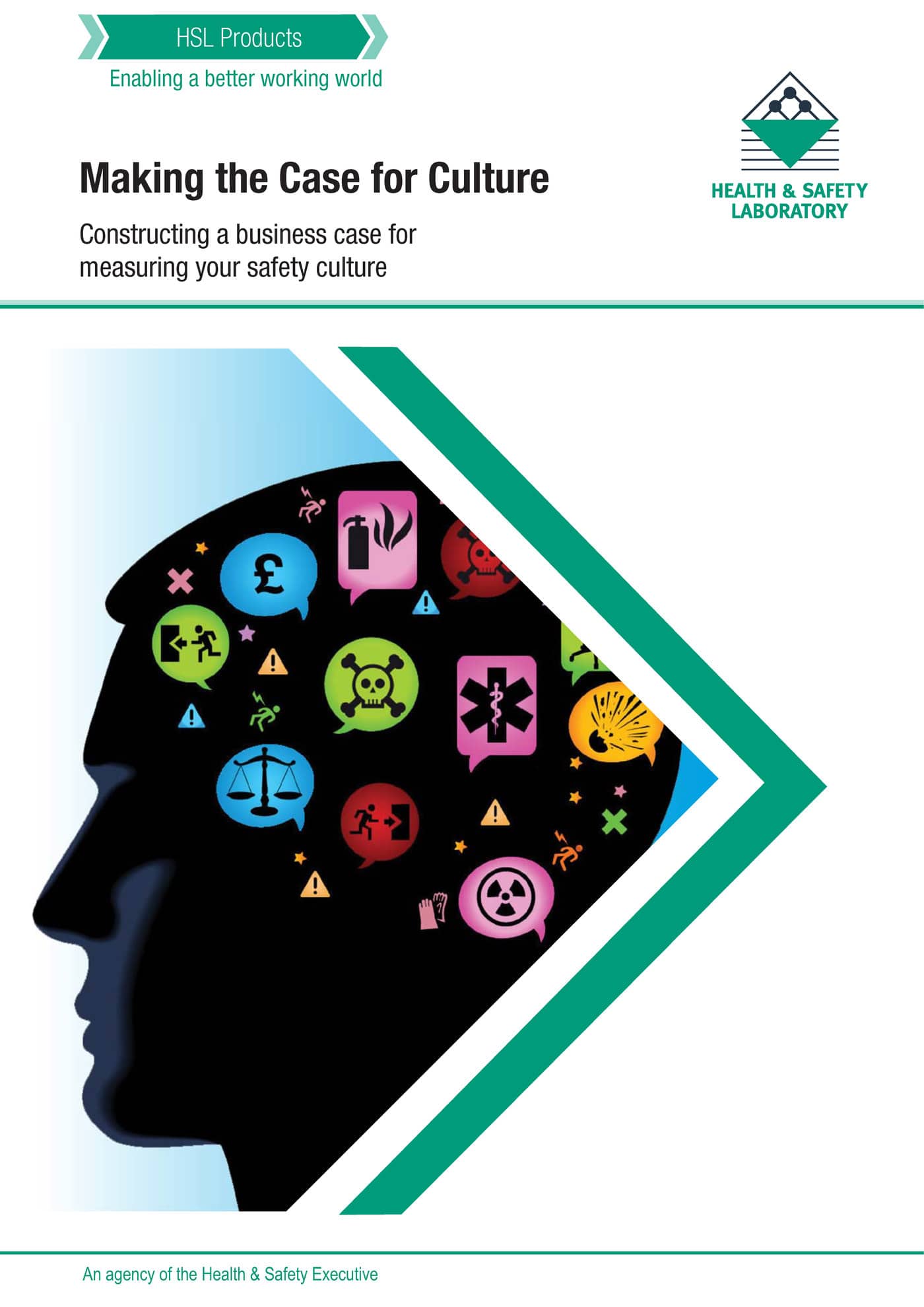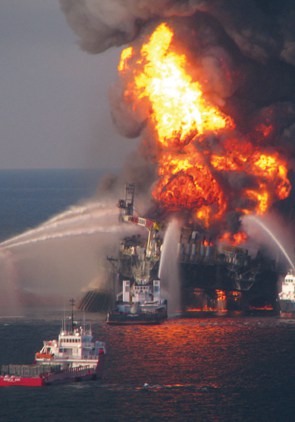Login or subscribe to SafetyAtWorkBlog to continue reading.
Category: climate
Mental health missing from key OHS statistics
 Part of the core duties of any occupational health and safety (OHS) regulator is the production of data. Recently Safe Work Australia (SWA) released its “Key Work Health and Safety Statistics” for 2015 and given the amount of media attention on workplace mental health, one would expect mental health to be one of the key statistics. It’s not.
Part of the core duties of any occupational health and safety (OHS) regulator is the production of data. Recently Safe Work Australia (SWA) released its “Key Work Health and Safety Statistics” for 2015 and given the amount of media attention on workplace mental health, one would expect mental health to be one of the key statistics. It’s not.
In fact mental health is referenced only once in the document on page 28. The table states that for the decade of 2000-2001 to 2010-2011
“mental disorders…did not display a clear overall trend of increase or decrease”.
This is significant in the context of workplace mental health reporting. Is the reported increase in workplace mental health a myth? Safe Work Australia’s statistics seems to support this.
Missed opportunity for making the business case on safety culture
 Recently the UK’s Health and Safety Laboratory (HSL) released its second white paper on safety culture. This paper is called “Making the Case for Culture” and outlines the three arguments for a workplace safety culture – legal, moral and financial – from which a safety business case can be built. Financial seems to get the most attention but this is perhaps because it is the element that is argued the least and the one that can get the greatest attention from company executives.
Recently the UK’s Health and Safety Laboratory (HSL) released its second white paper on safety culture. This paper is called “Making the Case for Culture” and outlines the three arguments for a workplace safety culture – legal, moral and financial – from which a safety business case can be built. Financial seems to get the most attention but this is perhaps because it is the element that is argued the least and the one that can get the greatest attention from company executives.
The document seems a little thin but it could be put that the simplicity of the presentation in a booklet designed to provide safety culture guidance is an advantage. It could also be argued that it is primarily a promotional pamphlet for the HSL’s very useful safety climate tool .
Continue reading “Missed opportunity for making the business case on safety culture”
You can lead a stressed horse to water……
England’s Trades Union Congress (TUC) released results of a survey of union representatives on 24 February 2011 that shows that workplace stress is
“now by far the most common health and safety problem at work.”
Even taking into consideration the inherent bias of such union surveys of reps, the figures are significant. The 24 February 2011 media release states:
“Nearly two thirds (62%) of reps say that stress is in the top five problems faced by the workers they represent and more than a quarter of reps (27%) pick out stress as the hazard at work that most concerns them. Another recent report from the British Academy states that the global economic downturn is to blame for the soaring stress levels due to the sharp rise in job strain and job-insecurity; both determinants of work-related stress. In the last 2 years, work stress levels rose by more than 4%, compared to the previous rises of 0.1% from 1992 to 2009.” [link added]
So what can be done to reverse this trend?
If the global economic downturn has generated increased stress levels, OHS practitioners and activists need to look at the big picture and begin pushing for better economic health – an action that, outside of the union movement, hardly ever gets a mention.
If OHS principles are based around the need to eliminate hazards then OHS professionals should be strong advocates of sustainable development where the mental health of workers needs as much support for sustainability as the environment receives, if not more. Continue reading “You can lead a stressed horse to water……”
Is capitalism anti-safety? Systemic failures in oil industry
 The Wall Street Journal and other media around the world have reported on systemic failures of the global oil industry and government regulators identified by the National Commission on the BP Deepwater Horizon Oil Spill and Offshore Drilling. These articles are based on the release of a single chapter, Chapter 4, of the final report due for release on 11 January 2011.
The Wall Street Journal and other media around the world have reported on systemic failures of the global oil industry and government regulators identified by the National Commission on the BP Deepwater Horizon Oil Spill and Offshore Drilling. These articles are based on the release of a single chapter, Chapter 4, of the final report due for release on 11 January 2011.
A media release from the Commission includes the following findings from Chapter 4
“The well blew out because a number of separate risk factors, oversights, and outright mistakes combined to overwhelm the safeguards meant to prevent just such an event from happening. But most of the mistakes and oversights at Macondo can be traced back to a single overarching failure—a failure of management. Better management by BP, Halliburton, and Transocean would almost certainly have prevented the blowout by improving the ability of individuals involved to identify the risks they faced, and to properly evaluate, communicate, and address them.”
“. . .the Macondo blowout was the product of several individual missteps and oversights by BP, Halliburton, and Transocean, which government regulators lacked the authority, the necessary resources, and the technical expertise to prevent.”
“The blowout was not the product of a series of aberrational decisions made by rogue industry or government officials that could not have been anticipated or expected to occur again. Rather, the root causes are systemic and, absent significant reform in both industry practices and government policies, might well recur.”
“What we. . .know is considerable and significant:
- each of the mistakes made on the rig and onshore by industry and government increased the risk of a well blowout;
- the cumulative risk that resulted from these decisions and actions was both unreasonably large and avoidable; and
- the risk of a catastrophic blowout was ultimately realized on April 20 and several of the mistakes were contributing causes of the blowout.”
The significance of these quotes is that the Commission is critical of an industry and not just a single company. Continue reading “Is capitalism anti-safety? Systemic failures in oil industry”
Mining company trial set over cyclone deaths
Further to the SafetyAtWorkBlog article about the prosecution of Fortescue Metals Group, The Australian newspaper reports on 28 April 2010 that the trial will start tomorrow.
The article states that
“Lawyers for the Department of Commerce — prosecuting the case through WorkSafe — successfully argued the site was not a mine and was instead a camp for workers constructing a railway to transport iron ore.”
The company was arguing that the site was a mining support site and that its contractors were responsible.
Interestingly the Magistrate, Joe Randazzo, wants a definition of “safe refuge”. This may lead to a reconsideration of the use of dongas, or temporary accommodation units, in areas of extreme weather conditions. There is the potential for safety improvements from this case and not just a punishment.
Workplace skin cancer risk remains high
 The July 2004 edition of SafetyATWORK magazine contained an interview with Sam Holt the CEO of Australian company Skin Patrol. The fascinating service of Skin Patrol was that they travelled the outback of Australia with a mobile skin cancer testing unit. That is a big area to cover but with the increasing incidence of skin cancer and the acceptance of ultraviolet exposure as an OHS problem, the service seemed timely.
The July 2004 edition of SafetyATWORK magazine contained an interview with Sam Holt the CEO of Australian company Skin Patrol. The fascinating service of Skin Patrol was that they travelled the outback of Australia with a mobile skin cancer testing unit. That is a big area to cover but with the increasing incidence of skin cancer and the acceptance of ultraviolet exposure as an OHS problem, the service seemed timely.
(The interview is available HERE)
SafetyAtWorkBlog was contacted by Skin Patrol in early December 2009 as it was releasing the findings of a survey of 1,000 outdoor workers. Its survey has these key findings:
- 2.5 times the national reported incidence of malignant melanoma
- One in 10 patients had a lesion highly suspicious of skin cancer
- 26% of patients were diagnosed with moderate to severe sun damage
- 70% of patients diagnosed with a lesion suspicious of skin cancer were aged 40 years or greater
- Over 90% of workers who attended the Skin Patrol clinic because they were worried about a particular spot or the condition of their skin had not had their skin checked in the past 12 months prior to the onsite clinic.
The company’s media release also states:
“The incidence of melanoma for all Australians currently sits at 46 in 100,000, however for those that work outdoors that figure jumps to 100 in 100,000.”
 The risks from exposure to ultraviolet are well established and our understanding of the risks have changed considerably within one generation. The Australian culture has changed to one of sun-worshipping to one where the wearing of hats is enforced at school, hard hats have wide brim attachments, and outdoor work is undertaken in long pants and long-sleeved shirts. Occupational control measures have been introduced.
The risks from exposure to ultraviolet are well established and our understanding of the risks have changed considerably within one generation. The Australian culture has changed to one of sun-worshipping to one where the wearing of hats is enforced at school, hard hats have wide brim attachments, and outdoor work is undertaken in long pants and long-sleeved shirts. Occupational control measures have been introduced.
Of course, particularly in the construction industry, principle contractors still struggle in a getting compliance with the UV-protection policies but that’s the case for many OHS policies.
Skin cancer risks through high UV exposure are well-established OHS Issues but the reality still does not mean that controlling the hazard is easy to manage. Culturally we still want to have a tanned complexion even if it is sprayed on. Tanned skin is still synonymous with good health even though the medical evidence differs.
Skin cancer risks in the workplace are simply another of those workplace hazards that are ahead of the non-workplace culture and that safety professionals need to manage. The attraction with this hazard is that there is no disputing the evidence.
